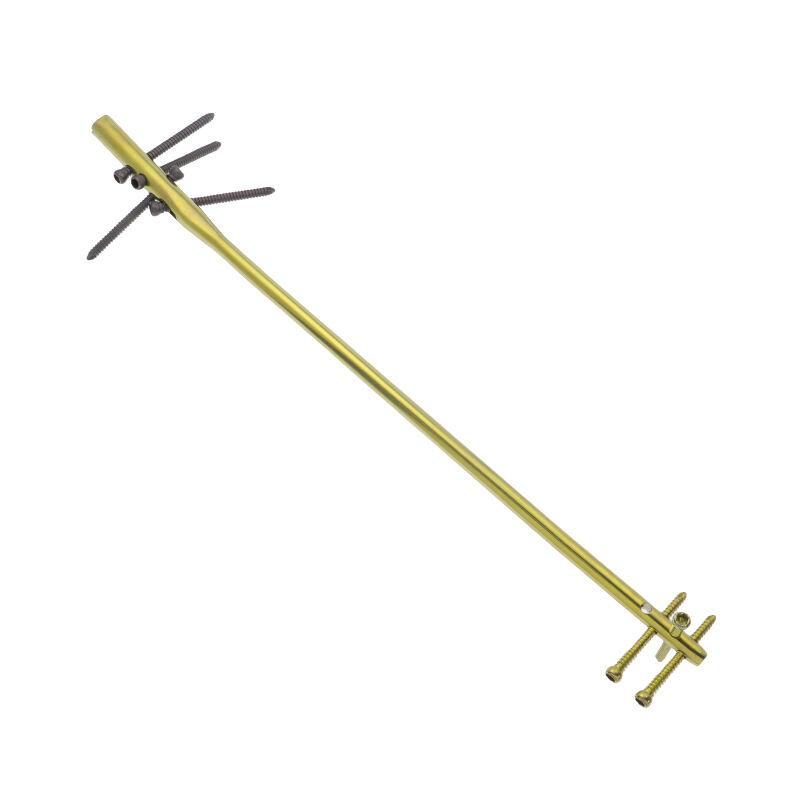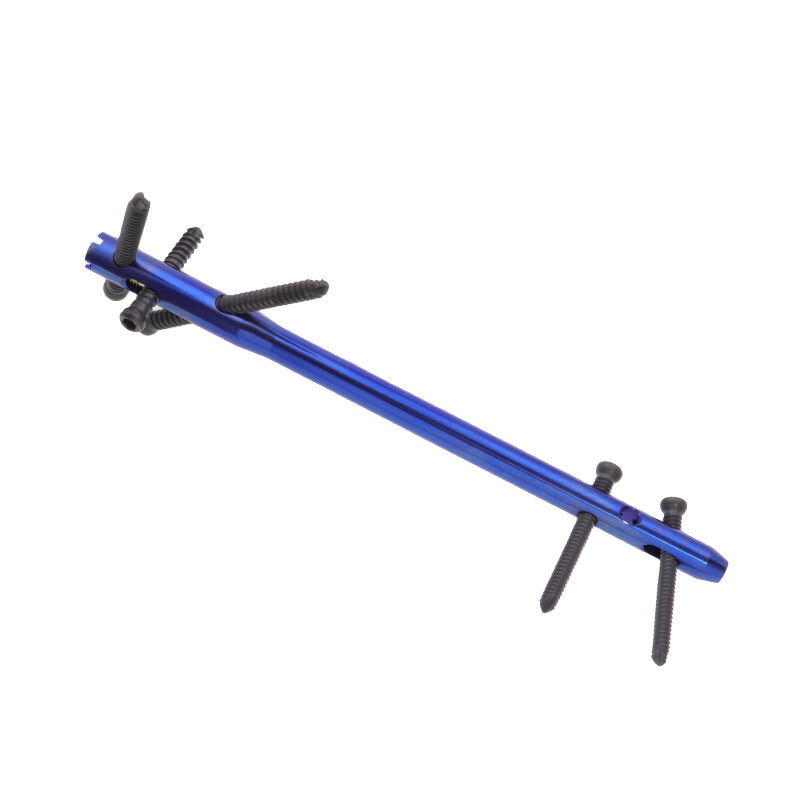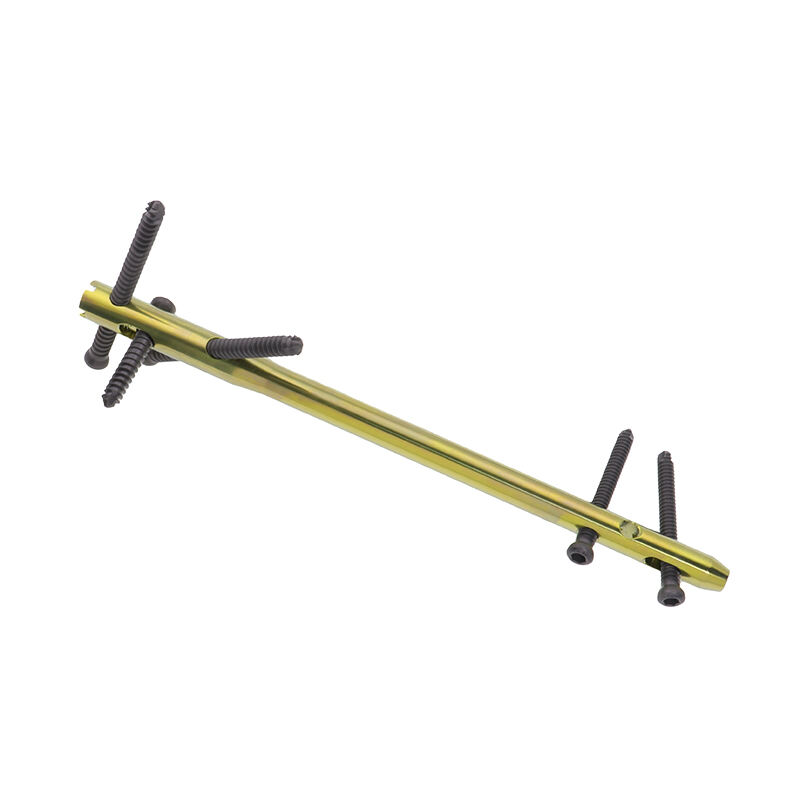interlocking tibia nail
The interlocking tibia nail represents a significant advancement in orthopedic trauma surgery, serving as a revolutionary internal fixation device for treating tibial shaft fractures. This sophisticated implant consists of a metallic rod designed to be inserted into the medullary canal of the tibia, featuring proximal and distal locking holes that accommodate screws for enhanced stability. The nail's anatomical design closely matches the natural contours of the tibial canal, allowing for optimal fit and distribution of biomechanical forces. Manufactured from biocompatible materials such as titanium alloy or surgical-grade stainless steel, it offers exceptional strength while maintaining compatibility with the human body. The nail's innovative locking mechanism prevents rotation and maintains proper length of the fractured bone during the healing process. Advanced surface treatments enhance osseointegration and reduce the risk of infection. Available in various lengths and diameters, these nails can be customized to suit individual patient anatomy and fracture patterns. The surgical technique involves minimally invasive procedures, typically requiring small incisions for nail insertion and locking screw placement, which promotes faster recovery and reduces soft tissue trauma.


